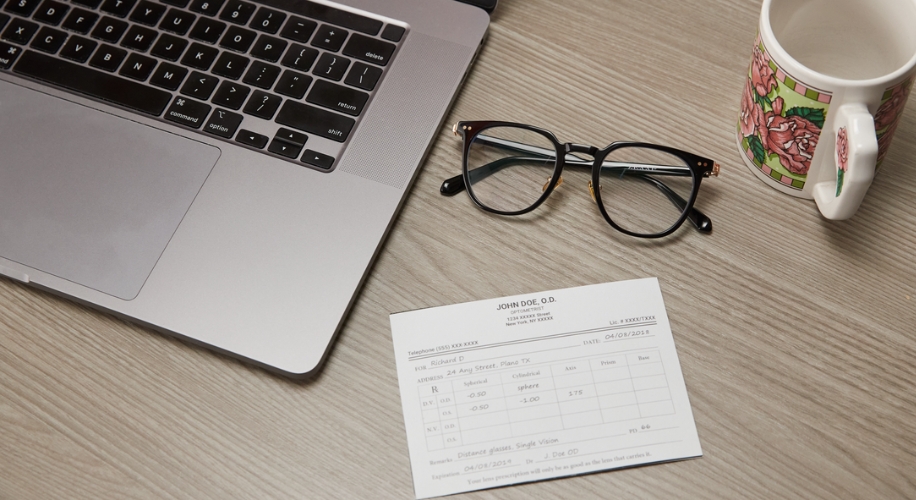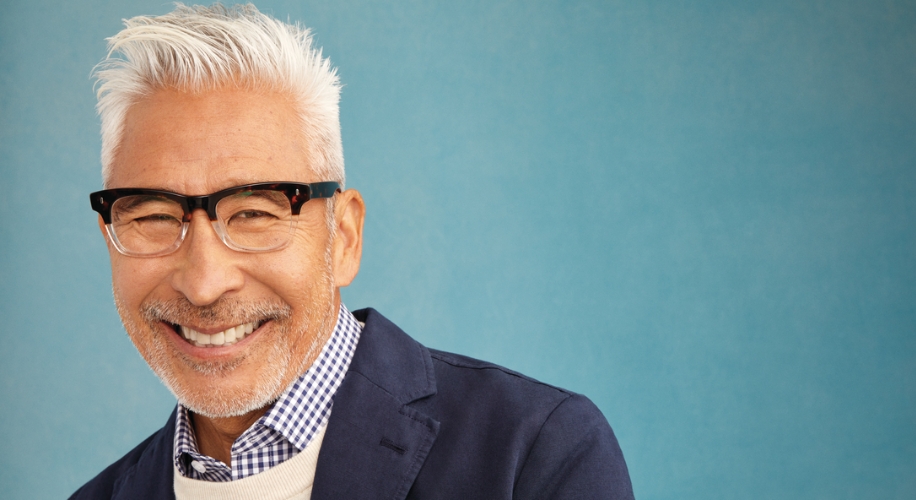Frame Sizes: How to Choose the Perfect Fit
- BY Dr. Sophia Moh
- IN Frames

Choosing the right size for your eyeglasses is akin to selecting the best fitting clothes; it enhances your comfort, appearance, and confidence. The perfect fit is paramount not only for aesthetic reasons but also to ensure optimal vision and prevent headaches or discomfort. Let’s delve into the essentials of frame sizing to help you find that tailor-made look and feel for your eyewear.

Measuring for the Ideal Frame Size
Frame size is determined by three key measurements: lens width, bridge width, and temple length. Before diving into the numbers, it’s crucial to understand how these dimensions affect your fit:
- Lens Width: This is the horizontal diameter of one lens. A proper lens width will ensure that the frames cover your eyes well without extending too much beyond them.
- Bridge Width: The bridge is the part of the glasses that goes over your nose. The right bridge width is key to ensuring the glasses sit comfortably on your nose, without sliding down or pinching.
- Temple Length: These are the ‘arms’ of the glasses that rest over your ears. The correct temple length is important to keep the glasses comfortably in place without being too tight or too loose.
To begin finding your frame size, take a look at your current glasses. Most frames have these measurements printed on the inside of the temple. If you’re a first-time buyer or need an updated size, a visit to an optometrist can ensure accurate measurements. Alternatively, our helpful guide on frame sizes can assist you with the specifics of measuring your face and understanding frame dimensions.
Shop Frame
Considering Face Shape and Size
While measurements are important, your face shape also plays a significant role in finding the right frames. Whether you have an oval, round, square, heart, or diamond face shape, certain frames will enhance your look better than others. Here are a few tips for each face type:
- Oval Face: Almost any frame shape will suit you. Balance is key – try not to choose frames that are too wide or too narrow for your face.
- Round Face: Opt for angular frames to add definition to your features, such as rectangular or square glasses.
- Square Face: Round or oval frames can provide a nice contrast and soften the angles of your face.
- Heart-Shaped Face: Frames that are wider at the bottom can help balance the width of your forehead.
- Diamond Face: Highlight your cheekbones with frames that have detailing on the brow line or try rimless styles.
Knowing your face shape can be a game-changer in selecting frames that suit you best. For a comprehensive guide on styles that match different facial features, check out our face shape detector to explore options that will highlight your natural contours.
Shop Frame
Comfort, Style, and Vision Needs
Your lifestyle and vision needs should always be factored into your frame choice. For instance, if you require progressive lenses, larger frames might be necessary to accommodate the multifocal areas. Active individuals might prefer durable materials and a snug fit to ensure the glasses stay put during physical activity.
Remember, comfort is king – or queen – when it comes to eyewear. The right frame size should feel almost unnoticeable on your face, allowing you to move through your day with ease. When your frames complement your facial features and meet your vision requirements, you’ve achieved the perfect harmony of function and fashion. Don’t hesitate to reach out to us for personalized assistance in finding your flawless frame size and stepping out with confidence in your new glasses.
About the Author: Dr. Sophia Moh, OD, ABOC
Dr. Sophia Moh, OD, is an optometrist based in the Bay Area, California. She holds a doctorate from UC Berkeley School of Optometry and has worked in various eye care settings, including primary care optometry, general ophthalmology, community health clinics, and Veterans Affairs. Dr. Moh is dedicated to improving global vision health by making high-quality, affordable eyewear accessible to all. She is also a certified American Board Optician (ABO) and actively contributes to optical education through training and lectures.

